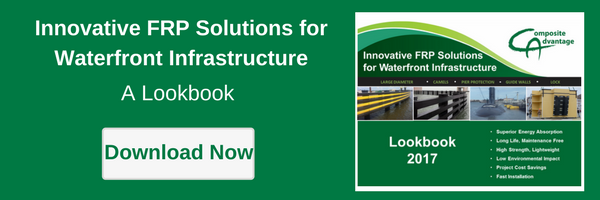
Every year, we make the annual trek to Washington DC to support the composite industry’s annual infrastructure day. This year our trip coincided with the Trump Administration’s unveiling of its infrastructure initiative. Plastic News did a great job summarizing the visits.
I shared my observations also.
In August, bipartisan legislation was introduced in both the US House of Representatives and the Senate, under the title of the Innovative Materials for America’s Growth and Infrastructure Newly Expanded (IMAGINE) Act. As stated, the bill’s purpose is “to encourage the research and use of innovative materials and associated techniques in the construction and preservation of the domestic transportation and water infrastructure system.” Further goals are to accelerate deployment and extend the service life of infrastructure, a clear tilt toward life cycle considerations. Innovative materials, as defined by the bills, include high-performance asphalt mixtures, geosynthetic materials, advanced alloys and metals, reinforced polymer composites, and advanced polymers and coatings. A significant amount of credit for the introduction of this legislation goes to the American Composites Manufacturers Association (ACMA, Arlington, VA, US), which has worked tirelessly for years educating legislators on the advantages of composites in infrastructure.
The bill directs the formation of an inter-agency task force to assess infrastructure standards and identify barriers to the use of innovative materials, followed by a plan to overcome those barriers. It also directs the Department of Transportation to create Innovative Material Innovation Hubs, or research consortia between government labs, industry and universities, for the materials mentioned above. On the polymer composites side, a logical approach would be to extend the remit of the Institute for Advanced Composites Manufacturing Innovation (IACMI) into infrastructure applications, given that much of the supply community is already engaged with that institute.
The act is not limited to standards and research. It goes further, providing co-funding over the next five years of $60 million annually for innovative bridges spanning more than 50 ft. and $65 million annually for improved wastewater and drinking water systems. This co-funding should help municipalities or state highway agencies cover the additional initial costs of infrastructure projects incorporating composites, encouraging risk-taking in applying new materials. It will also provide case studies, intended to overcome the current intransigence to deploy composites, spurring market growth.
This is exciting news for those of us in the composites industry but also for businesses and communities across the nation that rely on a solid and safe infrastructure.

